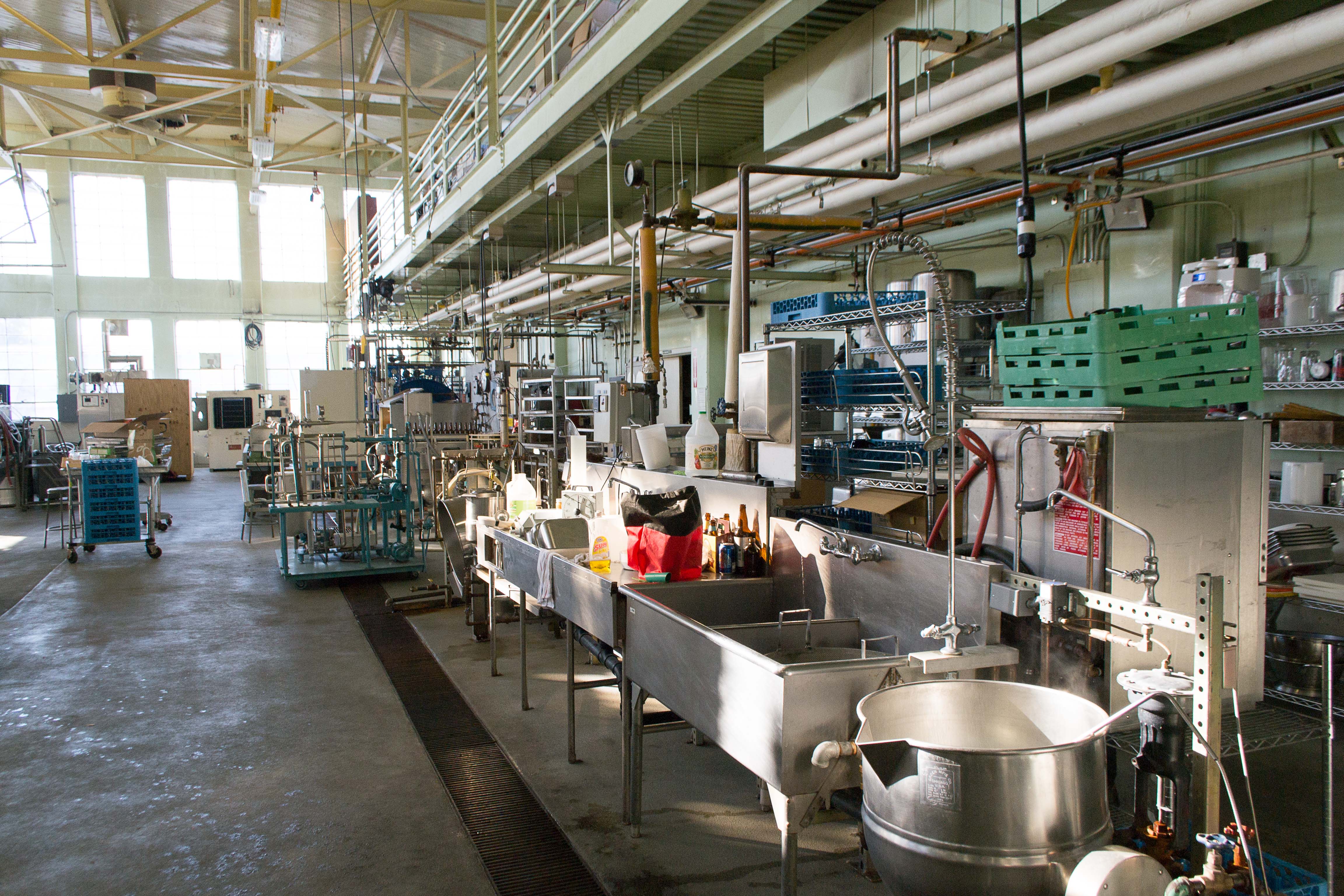
Photo from academic.microsoft.com
Individuals widely use non-nutritive sweeteners (NNS) in attempts to lower their overall daily caloric intake, lose weight, and sustain a healthy diet. There are insufficient scientific data that support the… Click to show full abstract
Individuals widely use non-nutritive sweeteners (NNS) in attempts to lower their overall daily caloric intake, lose weight, and sustain a healthy diet. There are insufficient scientific data that support the safety of consuming NNS. However, recent studies have suggested that NNS consumption can induce gut microbiota dysbiosis and promote glucose intolerance in healthy individuals that may result in the development of type 2 diabetes mellitus (T2DM). This sequence of events may result in changes in the gut microbiota composition through microRNA (miRNA)-mediated changes. The mechanism(s) by which miRNAs alter gene expression of different bacterial species provides a link between the consumption of NNS and the development of metabolic changes. Another potential mechanism that connects NNS to metabolic changes is the molecular crosstalk between the insulin receptor (IR) and G protein-coupled receptors (GPCRs). Here, we aim to highlight the role of NNS in obesity and discuss IR-GPCR crosstalk and miRNA-mediated changes, in the manipulation of the gut microbiota composition and T2DM pathogenesis.
Journal Title: Nutrients
Year Published: 2019
Link to full text (if available)
Share on Social Media: Sign Up to like & get
recommendations!